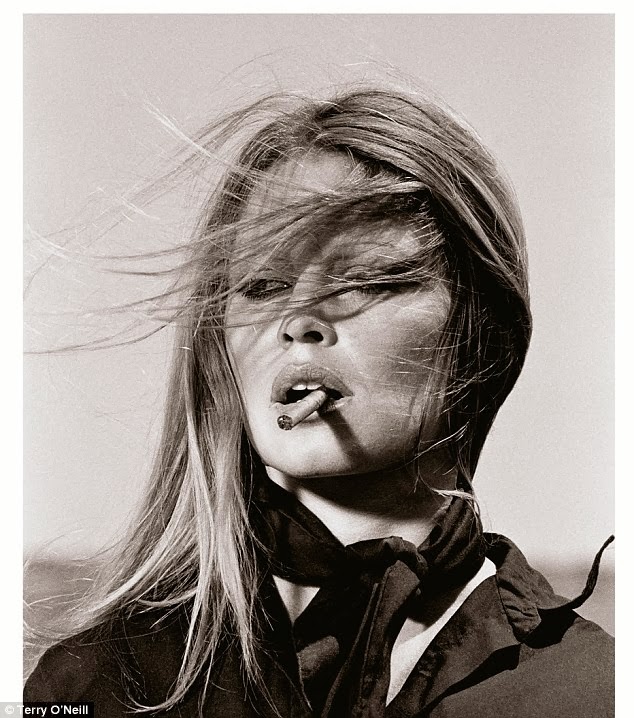The camera we have to use this term is the Nikon D7000 Digital SLR. This is the camera that we use for all classwork throughout the term, whilst also hiring them outside of class time to work on our own personal projects.
Like all camera's, the D7000 has many various modes of capturing images. The three we looked at this week were:
- A Mode - Aperture Priority
- S Mode - Shutter Priority
- M Mode - Manual Exposure
In class we are going to constantly be in the Manual Mode class, therefore we can simply adjust both Aperture and Shutter Speed as we wish to give the desired effect.
Exposure is also something we learn't about this week, it is the act of exposing the image sensor to light. We focussed mainly on the effect it makes on an image when the camera is over and under exposed. If underexposed, the closer the objects are to the camera the more darkness they are exposed to and overall some detailing is lost and the entire shadowing of the picture is a lot darker. On the other hand, when an image is overexposed the detailing of objects closest to the camera are very detailed but there is too much light in the shot and certain details are blinded and lost by the huge amount of light in the photo. Ideally, we want a photo to be of optimal exposure, which is a perfect blend of not too much light in the photo and not too much darkness. The detailing is clearly visible and this is definitely the exposure to aim for!
Another factor of the camera we discussed in the first lesson is how to control the shutter speed. The shutter speed is the measurement of time that the shutter is left open for; the faster the shutter speed, the clearer the photograph whereas the slower the speed - the larger blur is caused by subject motion. In order to increase the shutter speed by a step you have to reduce 1/2 the amount of time that the shutter is open. Likewise, to decrease the shutter speed by 1 step you have to increase by 1/2 the amount the time that the shutter is open. The lower the number on the shutter, the more light there is coming in and it's the same for the higher the number.
The Aperture of the camera controls the brightness of the image. The decreased depth of feel and therefore the lower the "f" number then there is a shorter amount of space in focus, and it works the other way round if there is an increased depth of field.
Finally, the last thing we were introduced to was the ISO - a measure of the camera's sensibility to light. Having a higher ISO with a fast shutter speed pulls and image completely into focus. Also, raising the ISO sensitivity optimally exposes both the portrait subject and background during low light photography without the use of a flash.













